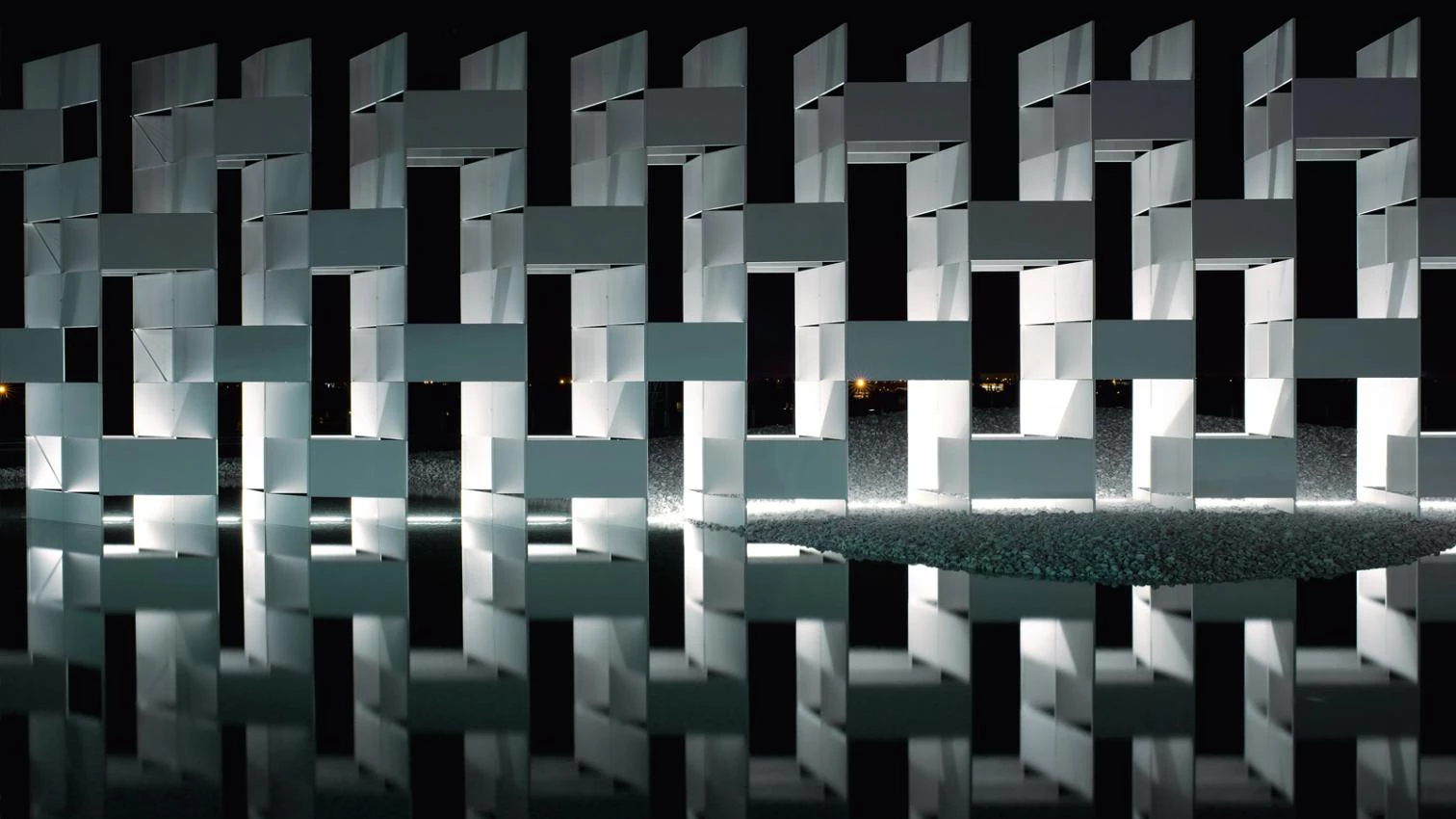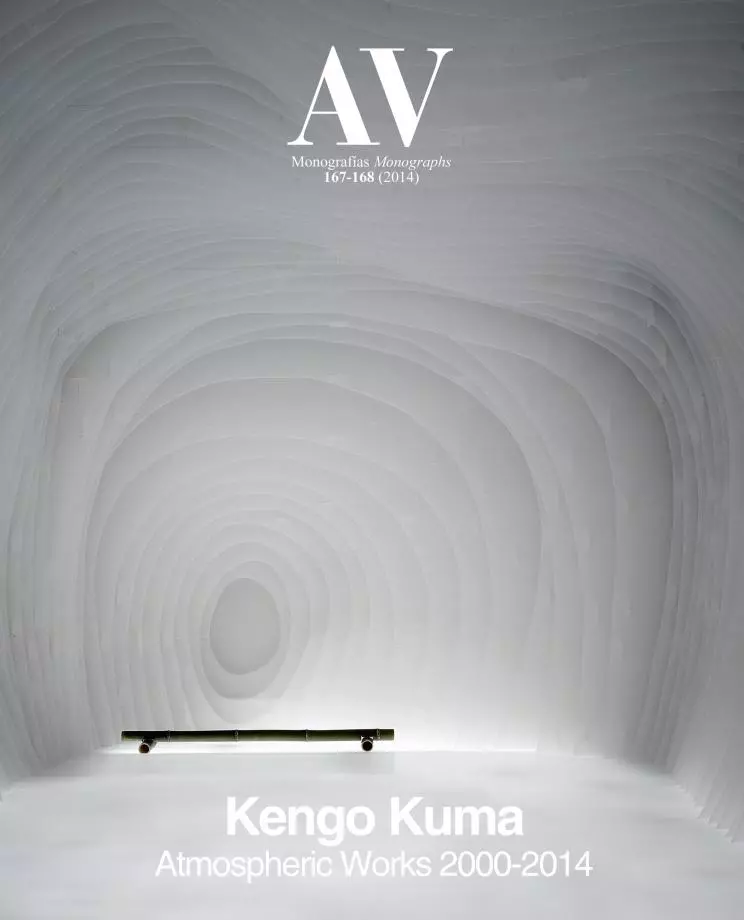Lyrical Atmospheres

Kengo Kuma has expressed a critical view of the notion of abstraction: “The world is being suppressed by abstract thinking. How can we escape from this suppression?” He is also concerned about “the steep slope called abstraction,” and names ‘anti-abstraction’ as one of his personal aspirations. Yet, Kuma must be thinking of the understanding of abstraction as a shallow formalist preconception, speculative rationalization, and reductive stylistic obsession. Contrary to this negative view of abstraction, the alternating processes of mental distancing and embodiment, separation and merging, as well as fusing of thought and emotion, are fundamental for creative thinking and making, in general. In the creative process these approaches are not primarily verbal and conceptual, but sensual and embodied.
Abstraction is commonly understood as a process of reduction, but meaningful and emotive artistic abstraction, capable of exuding a sense of life, arises from the opposite process of condensation. To be more precise, true abstraction implies the dual process of simultaneous compression of experiential meaning and formal reduction. Artistic simplicity obtains its singular essence and pregnancy through extreme compression. Constantin Brancusi, the master of poetic abstraction writes perceptively: “Simplicity is not an end in art, but one arrives at simplicity ‘in spite of oneself,’ in approaching the real essence of things (...) simplicity is at bottom complexity and one must be nourished on its essence to understand its significance.”
Abstraction is often seen as something exclusively precise, and ‘pure,’ but an evocative and poetic abstraction is in essence always inclusive, vague and multifarious. Kuma confesses that he values vagueness and ambiguity – “(I want) to create a ‘condition’ that is as vague and ambiguous as drifting particles.” Contrary to logical and rational processes, artistic fusion permits the simultaneous existence of contradictory and conflicting ingredients that give potent artistic abstraction its enticing power, magic and experiential richness. Artistic condensation merges opposites and achieves the fusion of opposites. Alvar Aalto points out: “In every case one must achieve the simultaneous solution of opposites (...) this harmony cannot be achieved by any other means than those of art.”
Meaningful artistic and architectural works are unique and autonomous worlds, at the same time that they are about the lived world. “We come not to see the work, but the world according to the work,” Maurice Merleau-Ponty suggests. Regardless of their apparent simplicity, meaningful works of art are always epic narratives... Every significant building is also about the internal dialectics of the art of architecture, its history and traditions, utility and poetics, present and future. Profound works are mirrors that reflect their cultural and temporal contexts. Yet, in today’s architecture of obsessive. Consumerism and visual enticement, our attention is focused on the work as a detached material object of aesthetic value. One of the many paradoxical aspects of the poetic world is that truly novel works always reinvigorate tradition, they seek connection with other works, and the most radical of them end up reinforcing the reading of history. They make us see the history of art and architecture in a new light, and they expand and deepen the meaning of previous works...[+]





